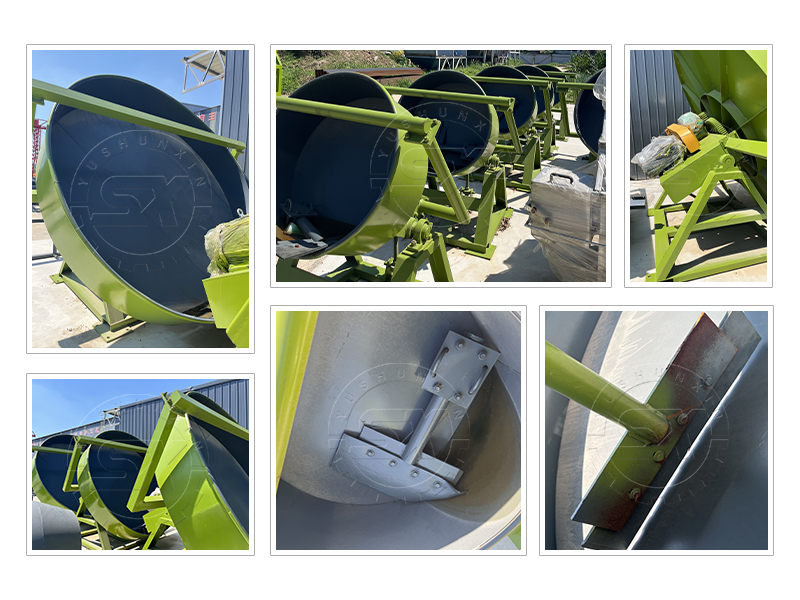Disc pelletizers are innovative machines widely used in the industrial and agricultural sectors to transform various raw materials into high-quality pellets. These pellets serve a multitude of purposes, from energy production to fertilizer manufacturing. This comprehensive guide will walk you through the process of effectively utilizing a disc pelletizer for creating large-scale pellets, ensuring optimal efficiency and product quality.

disc pelletizer for sale
I. Understanding the Disc Pelletization Process
- Raw Material Preparation: Before operating the disc pelletizer, it’s crucial to prepare the raw materials. These materials can range from agricultural residues, minerals, and ores to various waste products. Ensure that the raw materials are properly cleaned, dried, and sized to meet the specifications of the disc pelletizer.
- Disc Design and Components: Familiarize yourself with the disc pelletizer’s design and components. The machine consists of a rotating disc, an adjustable inclination angle, a feed chute, and a moisture addition system. Understanding these elements is essential for efficient operation and troubleshooting.
II. Operating the Disc Pelletizer
- Loading the Raw Materials: Gently feed the prepared raw materials into the disc pelletizer’s feed chute. Avoid overloading the machine, as this can lead to uneven pellet formation and decreased efficiency. Maintain a steady and controlled material feed rate for consistent pellet production.
- Adjusting the Disc Inclination: The inclination angle of the disc greatly influences the pelletizing process. A steeper angle leads to larger pellets, while a shallower angle produces smaller pellets. Experiment with different angles to achieve the desired pellet size and quality. Click https://www.granulatorforfertilizer.com/disc-pelletizer-for-sale/ to get more details.
- Moisture Addition: Proper moisture content is essential for pellet formation. Utilize the moisture addition system to introduce water or binders to the raw materials. The right moisture level ensures adequate agglomeration and enhances the strength of the pellets. Because it adopts wet granulation method.
- Pellet Formation and Growth: As the disc rotates, the raw materials agglomerate and form seed pellets. These seed pellets grow in size as additional material adheres to them. Monitor the pelletization process carefully to prevent overgrowth and ensure uniform pellet size.
III. Ensuring Efficient Operation
- Regular Maintenance: To maintain optimal performance, conduct routine maintenance on the SX disc pelletizer. Regularly inspect and clean the disc, feed chute, and moisture addition system. Replace worn-out components to prevent disruptions in the pelletization process.
- Monitoring and Control: Utilize the available controls to monitor and adjust the pelletization parameters, such as disc speed, feed rate, and moisture addition. Fine-tune these settings to achieve the desired pellet characteristics and production rate.
IV. Quality Control and Product Handling
- Pellet Quality Assessment: Regularly sample and assess the quality of the produced pellets. Evaluate factors such as size distribution, density, and durability. Make adjustments to the process parameters as needed to maintain consistent and high-quality pellet production.
- Product Handling and Storage: Once the pellets are formed, allow them to properly cool before handling or storage. Use appropriate equipment, such as conveyors or storage bins, to collect and transport the pellets for further processing or distribution.
Conclusion: Mastering the art of using a disc pelletizer for large-scale pellet production requires a combination of understanding the machine’s mechanics, precise parameter adjustments, and diligent quality control. By following the guidelines outlined in this comprehensive guide, you can harness the power of disc pelletization to create superior-quality pellets for a diverse range of applications, contributing to the efficiency and success of your industrial or agricultural operations.

